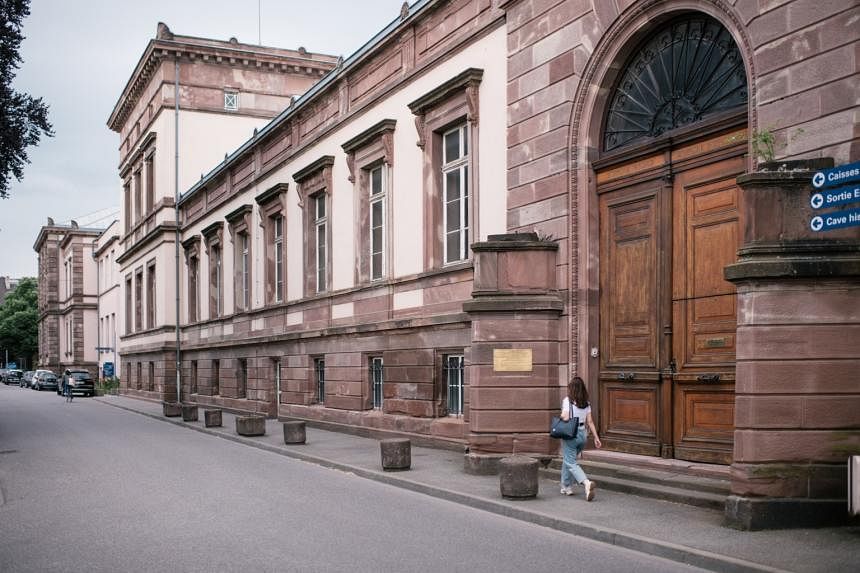STRASBOURG, France (NYTIMES) - For decades, students at the prestigious University of Strasbourg swapped rumours that human remains from Nazi victims, preserved as anatomical or pathological specimens, were still somewhere on campus.
There was reason for suspicion. When Germany annexed the Alsace region of France in 1940, it had poured in money and resources to transform the university into a model Nazi institution: the Reichsuniversität Strassburg.
From 1941 to 1944, professors on the medical faculty there forced at least 250 people from concentration or death camps to undergo experiments, some involving chemical weapons like mustard gas or deadly diseases like typhus. Eighty-six Jews, brought from Auschwitz, were murdered at a nearby camp for a planned skeleton collection.
But a full account of what transpired during those years was hard to come by.
"The medical faculty's position was, 'This is not our history', " said Christian Bonah, a medical historian at the university, whose pre-war faculty and students had evacuated before Germany invaded. A widespread view, he said, was that "the walls are innocent" - regardless of what Nazis had done within them.
Now, though, that refusal to confront the past is being challenged.
In May, the university released a 500-page report that deeply recasts the way it views itself and states out loud what had previously only been whispered: that people from Alsace had worked at the Reichsuniversität, too; that the medical crimes its professors committed were extensive; and that the school had worked closely with a nearby concentration camp.
The report had been commissioned by the university in 2016, prompted by controversy that broke out when anatomical remains of a Nazi victim were indeed found in a storage closet.
"There is a real effort toward becoming more aware of our history," said Michel Deneken, president of the university. "It's a turning point."
Several former university officials contacted him in shock after the report's release, arguing that "the Reichsuniversität is not our university", but changed tack after reading the document, he said, adding that "it wasn't as black and white as one thought".
A dozen highly qualified international scholars, most of them specialising in the history of medicine or Nazism, worked meticulously for more than five years on the report.
They dusted off boxes of documents and remnants of anatomy or pathology collections that, unwittingly or not, had been left in basements, attics and storage rooms around campus - even, in one case, hidden in a drop ceiling. They found about 10,000 clinical records, analysed nearly 300 medical dissertations, pored over 150,000 pages of files in archives around the globe and created a collaborative database.
"We tried to reconstruct in its full detail how a heavily Nazified university medical faculty functions, with its large numbers of students and a lot of research funding being pumped into it, plus access to bodies," said Paul Weindling, a commission member and research professor at Oxford Brookes University.
The committee found that the university had closer ties than previously thought with the Natzweiler-Struthof concentration camp, about 40km south-west of Strasbourg, where detainees and people transferred from other camps like Auschwitz were experimented on.
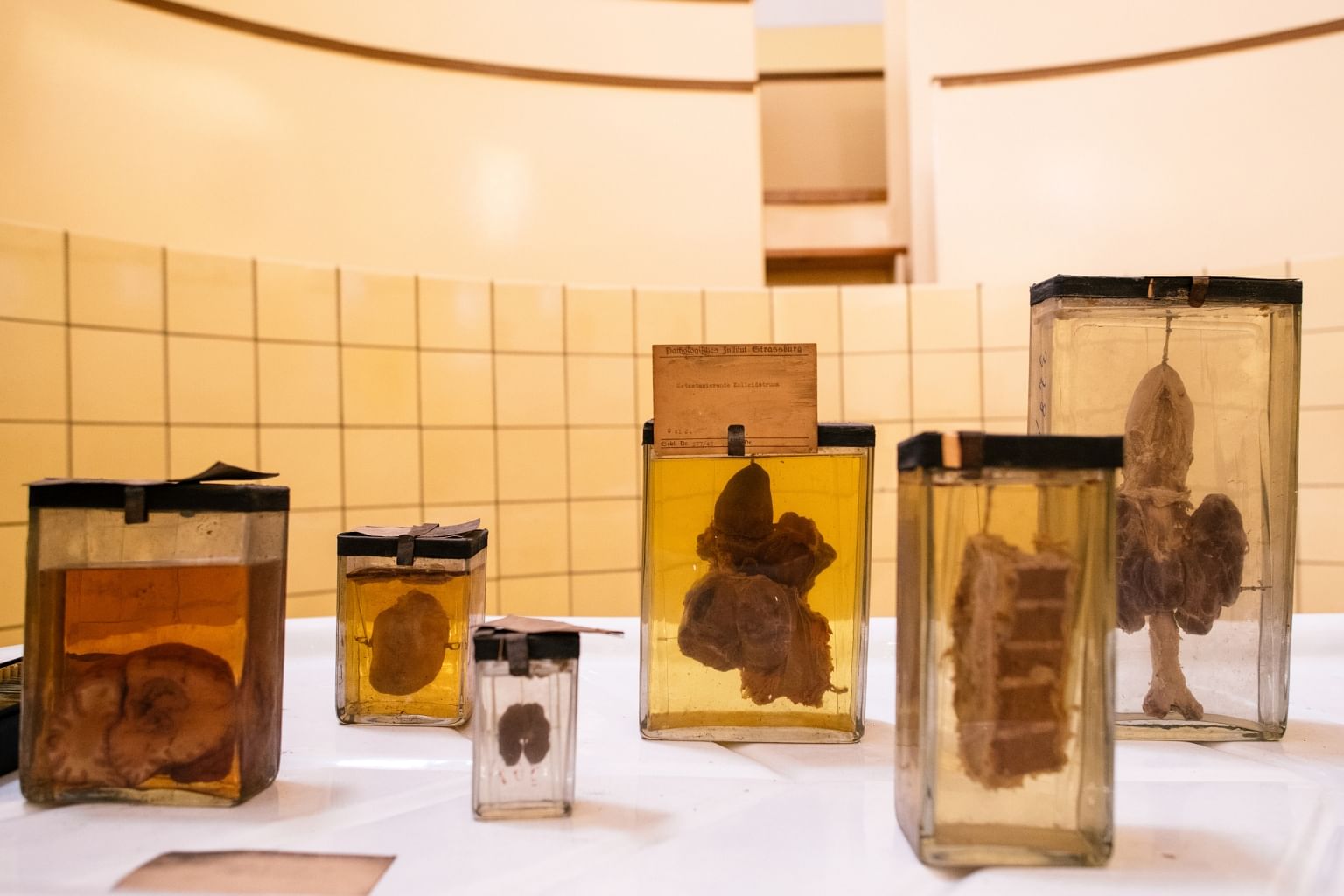
Over the course of the war, 52,000 people were detained there, of whom 20,000 died. It was the only concentration camp on French soil.
"There needs to be transparency about what was happening and where in the Nazi context," Weindling said. "The university now willingly accepts this."
That was not always the case.
In 2015, when a book claimed that there were still anatomical remains of Jewish victims on campus, furious school officials strenuously denied it.
But that same year, Raphael Toledano, a Jewish doctor in Strasbourg who was researching the Nazi period, found a letter written by Camille Simonin, a medical examiner and professor.
Simonin had autopsied the bodies of the 86 Jews who were murdered in 1943 at a gas chamber at the Natzweiler-Struthof camp, at the behest of August Hirt, an anatomist at the university, to create a collection of skeletons meant to exemplify the Nazi ideology on a hierarchy of races.
The bodies were discovered in tanks in the basement of the anatomy department when Strasbourg was liberated in 1944. In his letter, Simonin wrote that he had preserved some remains as proof to assist prosecutors in post-war trials.
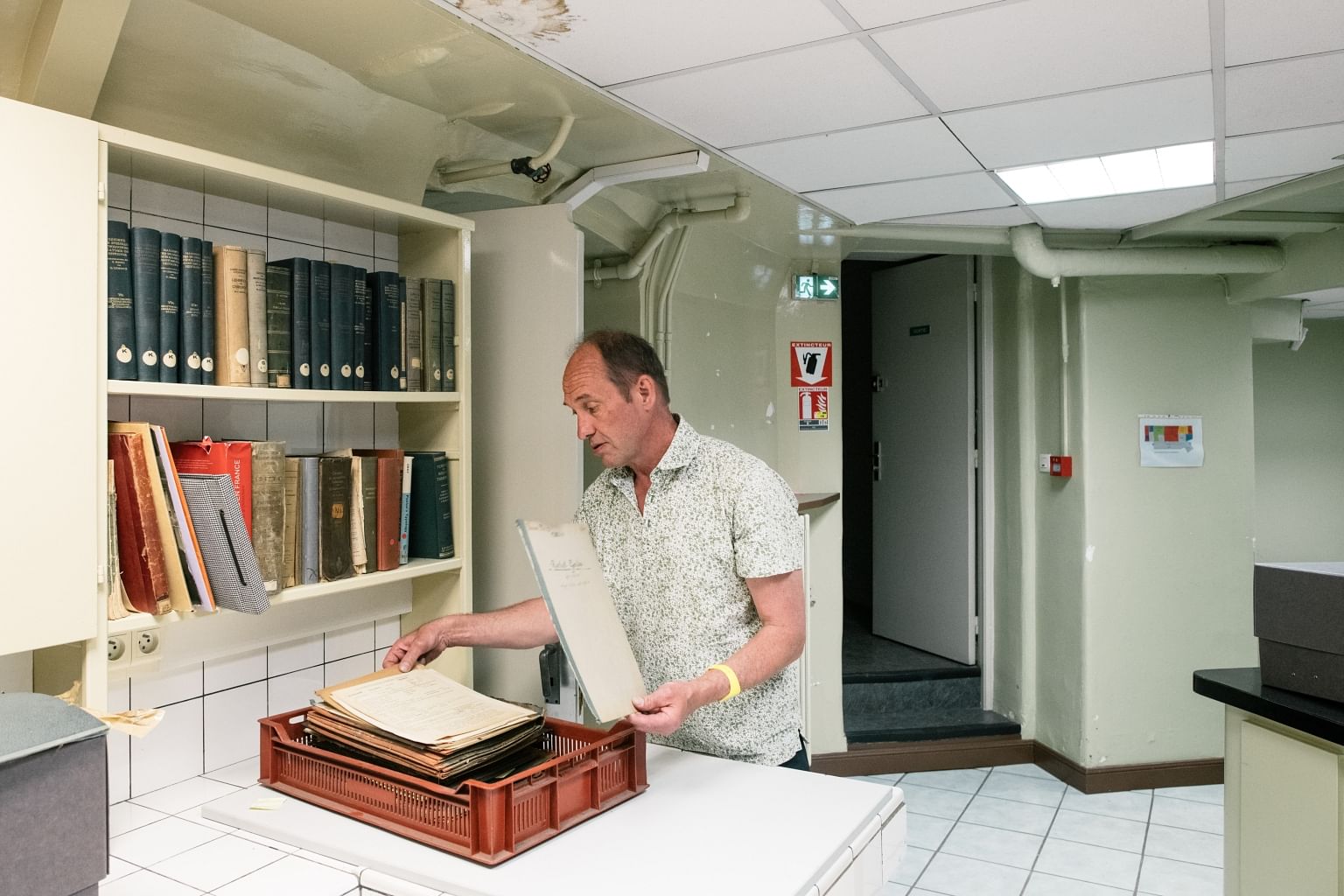
In July 2015, Toledano found those remains in a locked storage room at the university's forensics institute.
Controversy ensued, leading to the commission's creation. Toledano left the committee in 2018 after internal disagreements - he thinks the research could have pushed further. Still, he praised the report.
"There was a resistance, like something buried deep in a closet," he said. "And now they've managed to clear the air."
In 1939, mindful of the threat across the border in Germany, French students and staff members from the university evacuated to Clermont-Ferrand, roughly 480km to the south-west. University officials admit it was easier to focus on the heroism of the Clermont-Ferrand years, when those professors and students set up a resistance network that was raided by the Gestapo.
A resistance medal awarded to the school still hangs in Deneken's office. He said the university hid behind that glory to avoid any introspection about what had transpired in Strasbourg, drawing a parallel with the long-held belief that wartime resistance had been widespread and that France's true heart had been in London with Charles de Gaulle, never in Vichy with Philippe Pétain.
"But Vichy was France too," Deneken said.
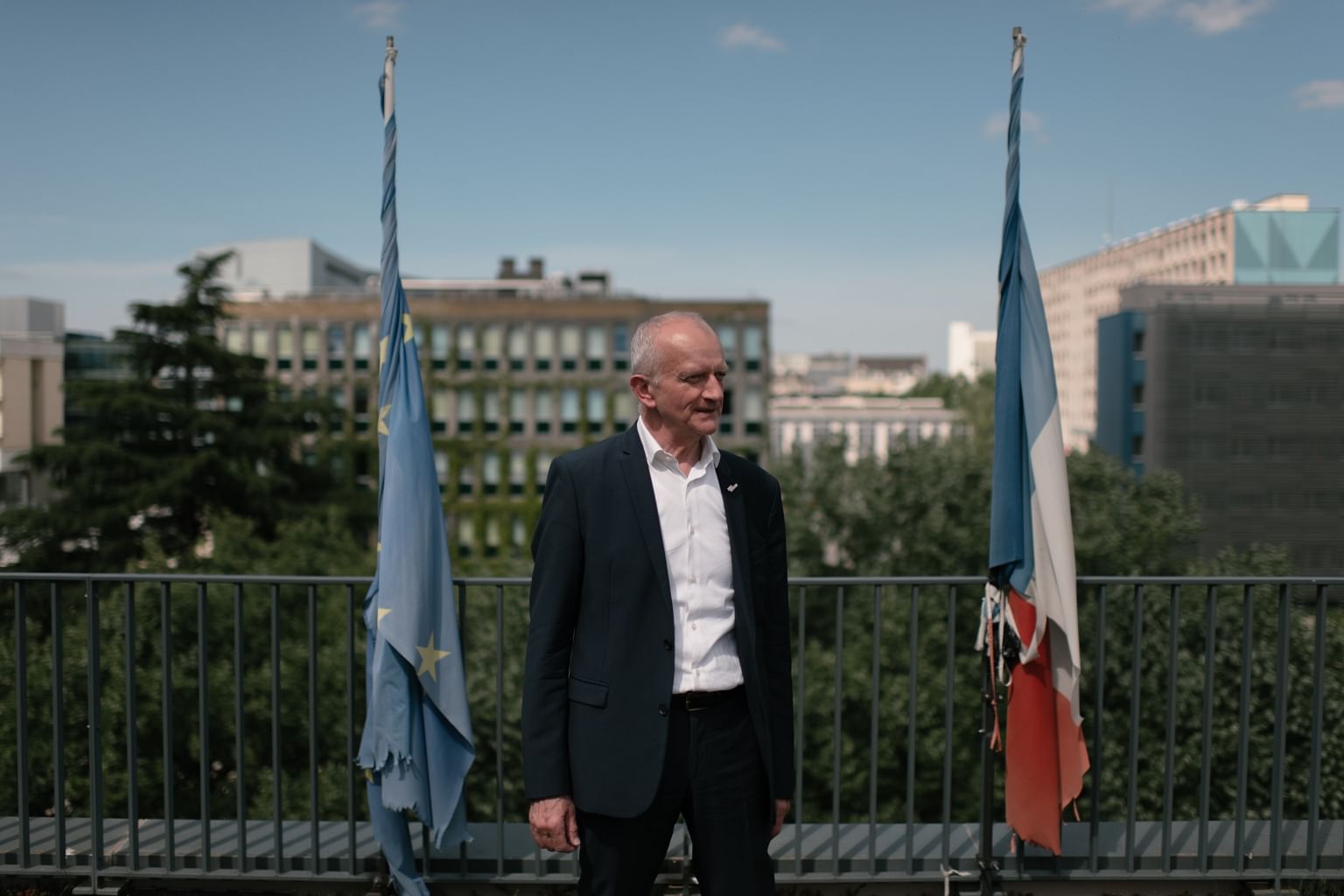
The commission was given a €750,000 budget (about S$1.06 million), roughly 8 per cent of the school's annual research spending - that was paid almost entirely out of the university's pocket. The scholars were asked to flesh out the Reichsuniversität's history and determine whether remains from other human experiments were still on campus.
They found more than 1,000 of Hirt's microscopic slides, as well as a pathology collection, including 134 macroscopic preparations kept in jars - tissue samples or organs like kidneys or brains - but found no evidence that they were connected to criminal experiments. It also confirmed Toledano's identification of more than 230 Russians who died in prison camps and whose bodies were used for anatomical research.
The report sheds new light on crimes committed by three professors at the Reichsuniversität's medical faculty who used the camp to procure experiment subjects: Hirt, Eugen Haagen and Otto Bickenbach.
It was already known that four Sinti detainees died after Bickenbach experimented on them with phosgene, a combat gas used during World War I, but the commission identified 36 other victims. The commission also identified seven victims of Hirt's mustard gas experiments and 196 victims of Haagen's research on a typhus vaccine.
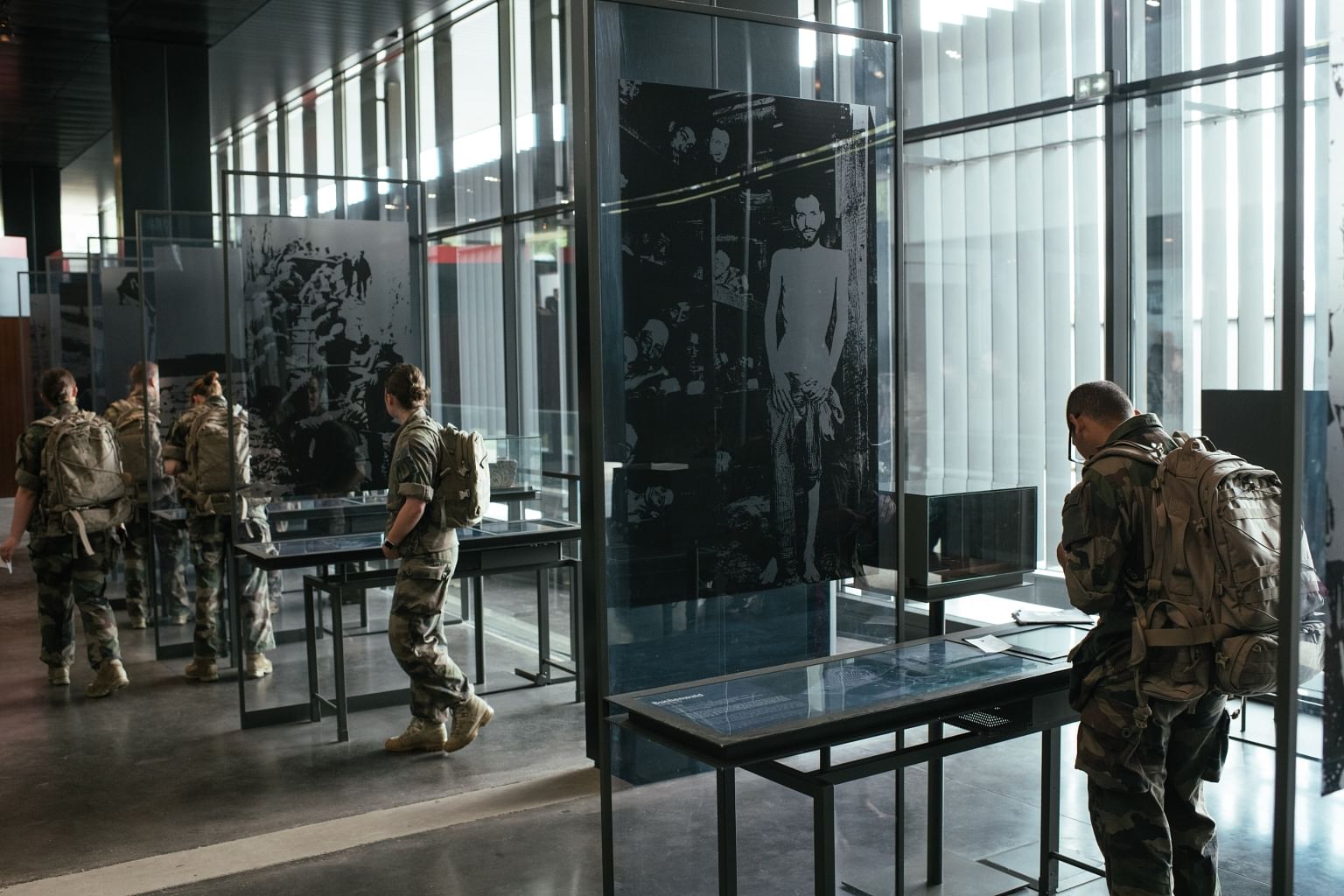
Experts stressed that these Nazi researchers followed scientific methods to the extreme, without any ethical guardrails, but were not pseudoscientists - the Environmental Protection Agency used data from Bickenbach's tests as late as 1988.
"Medicine has infinite potential for good, but what we often overlook is that medicine has an infinite potential for evil," said Dr. Sabine Hildebrandt, a Boston physician who teaches anatomy at Harvard University and who was also a member of the commission.
Hildebrandt, who has worked extensively on anatomy in the Third Reich, said that was especially true when doctors operate in "political systems that allow ethical transgressions, or support or even reward ethical transgressions."
"That's why we need to look at that history again and again," she added.
